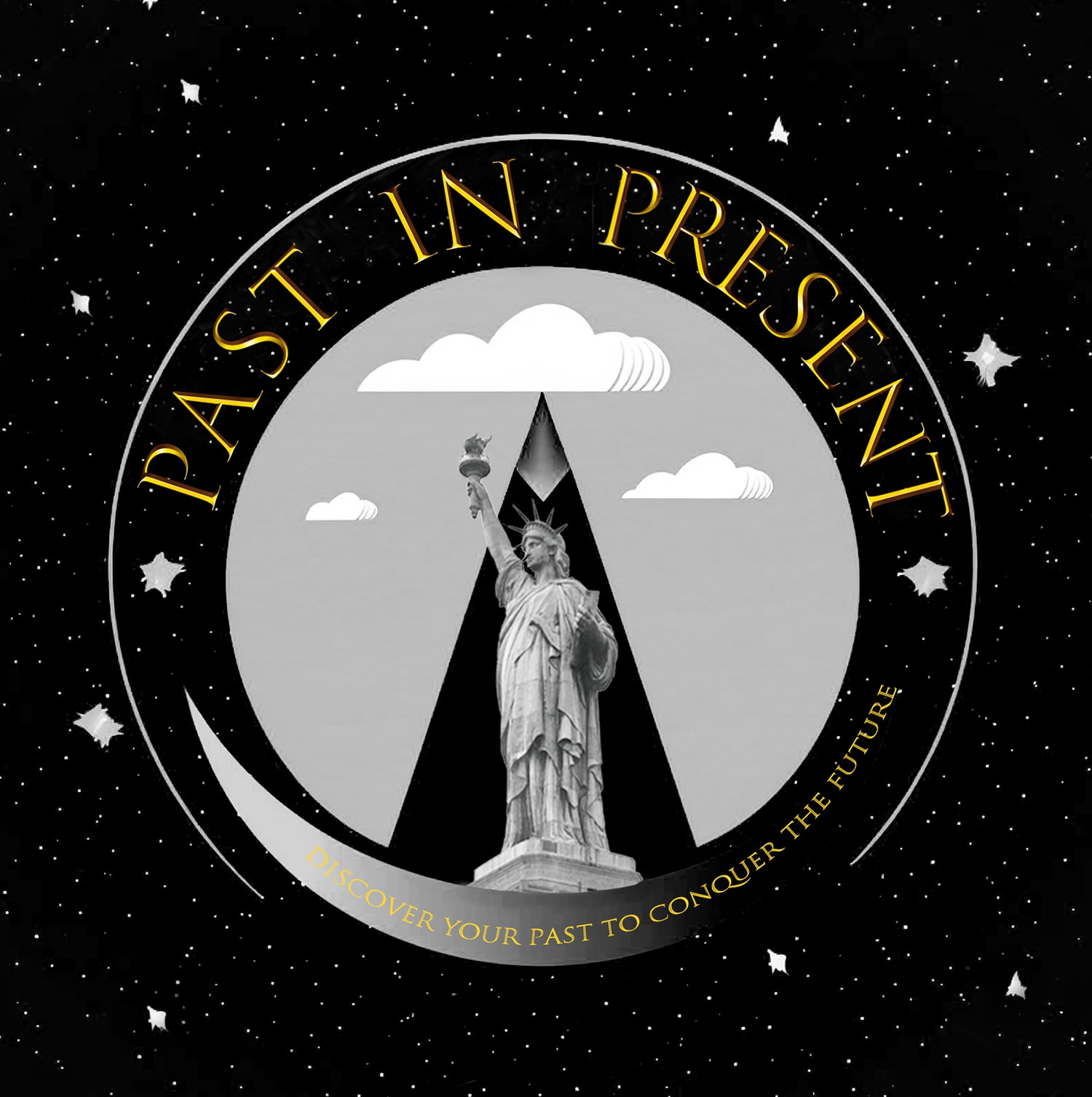Open a larger version of the following image in a popup:
 NYC Central Park Bethesda Terrace and Fountain, c.1900's. Watermarks do not appear on the actual artwork.
NYC Central Park Bethesda Terrace and Fountain, c.1900's. Watermarks do not appear on the actual artwork.
 NYC Central Park Bethesda Terrace and Fountain, c.1900's. Watermarks do not appear on the actual artwork.
NYC Central Park Bethesda Terrace and Fountain, c.1900's. Watermarks do not appear on the actual artwork.
Open a larger version of the following image in a popup:
 NYC Central Park Bethesda Terrace and Fountain, c.1900's. Watermarks do not appear on the actual artwork.
NYC Central Park Bethesda Terrace and Fountain, c.1900's. Watermarks do not appear on the actual artwork.
 NYC Central Park Bethesda Terrace and Fountain, c.1900's. Watermarks do not appear on the actual artwork.
NYC Central Park Bethesda Terrace and Fountain, c.1900's. Watermarks do not appear on the actual artwork.
Open a larger version of the following image in a popup:
 NYC Central Park Bethesda Terrace and Fountain, c.1900's. Watermarks do not appear on the actual artwork.
NYC Central Park Bethesda Terrace and Fountain, c.1900's. Watermarks do not appear on the actual artwork.
 NYC Central Park Bethesda Terrace and Fountain, c.1900's. Watermarks do not appear on the actual artwork.
NYC Central Park Bethesda Terrace and Fountain, c.1900's. Watermarks do not appear on the actual artwork.
Open a larger version of the following image in a popup:
 NYC Central Park Bethesda Terrace and Fountain, c.1900's. Watermarks do not appear on the actual artwork.
NYC Central Park Bethesda Terrace and Fountain, c.1900's. Watermarks do not appear on the actual artwork.
 NYC Central Park Bethesda Terrace and Fountain, c.1900's. Watermarks do not appear on the actual artwork.
NYC Central Park Bethesda Terrace and Fountain, c.1900's. Watermarks do not appear on the actual artwork.
Open a larger version of the following image in a popup:
 NYC Central Park Bethesda Terrace and Fountain, c.1900's. Watermarks do not appear on the actual artwork.
NYC Central Park Bethesda Terrace and Fountain, c.1900's. Watermarks do not appear on the actual artwork.
 NYC Central Park Bethesda Terrace and Fountain, c.1900's. Watermarks do not appear on the actual artwork.
NYC Central Park Bethesda Terrace and Fountain, c.1900's. Watermarks do not appear on the actual artwork.
Open a larger version of the following image in a popup:
 NYC Central Park Bethesda Terrace and Fountain, c.1900's. Watermarks do not appear on the actual artwork.
NYC Central Park Bethesda Terrace and Fountain, c.1900's. Watermarks do not appear on the actual artwork.
 NYC Central Park Bethesda Terrace and Fountain, c.1900's. Watermarks do not appear on the actual artwork.
NYC Central Park Bethesda Terrace and Fountain, c.1900's. Watermarks do not appear on the actual artwork.
Open a larger version of the following image in a popup:
 Original vintage glass camera negative (display only not for sale)
Original vintage glass camera negative (display only not for sale)
 Original vintage glass camera negative (display only not for sale)
Original vintage glass camera negative (display only not for sale)
NYC Central Park Bethesda Terrace and Fountain, c.1900's
Edition of 50
DP4023/13X19
Currency:
Further images
Bethesda Terrace and Fountain created in 1864 are two architectural features overlooking the southern shore of the Lake in New York City's Central Park. The fountain, with its Angel of the Waters statue, is located in the center of the terrace. View from upper level of Bethesda Terrance.
Offering breathtaking views of both the Central Park Lake and woods, the Bethesda Terrace, located at 72nd Street Cross Drive, is an architectural marvel. The terrace was one of the very first structures to have been built in Central Park; its construction began in 1859, continued throughout the Civil War, and was completed in 1863. The structure's layout consists of both an upper and a lower terrace, which are connected by two grand staircases and a smaller one leading directly to the Mall. The entire terrace is constructed primarily of New Brunswick sandstone, paved with Roman brick, and boasts granite steps and landings. While the upper terrace flanks 72nd street and is responsible for the amazing views witnessed by tourists every year, the lower terrace connects to the Mall and features the majestic Bethesda Fountain. When designing the terrace, both Frederick Law Olmsted and Calvert Vaux agreed that nature, rather than architecture, was to be of paramount importance in their plan. They proposed that the terrace would be known as the "heart of the park," and Vaux was once quoted as having said, "Nature first, second, and third – architecture after a while." The two creators' vision consisted of a place where people could experience nature while holding social gatherings, a place to see and be seen while mingling with like-minded people. It was meant to be an escape from the often stressful and busy urban life of the typical city-dweller. Jacob Wrey Mould, the designer of the Bethesda Fountain, supported Olmsted and Vaux's emphasis on nature with his designs of the decorative elements of the terrace, created according to Vaux's own original ideas and concept. Mould's carvings depict such things as the times of day and the four seasons. His designs also present images of birds that can be found in the area, as well as seasonal plants that are grown within the terrace.
Provenance
Past in Present.com Inc private historical archive.











